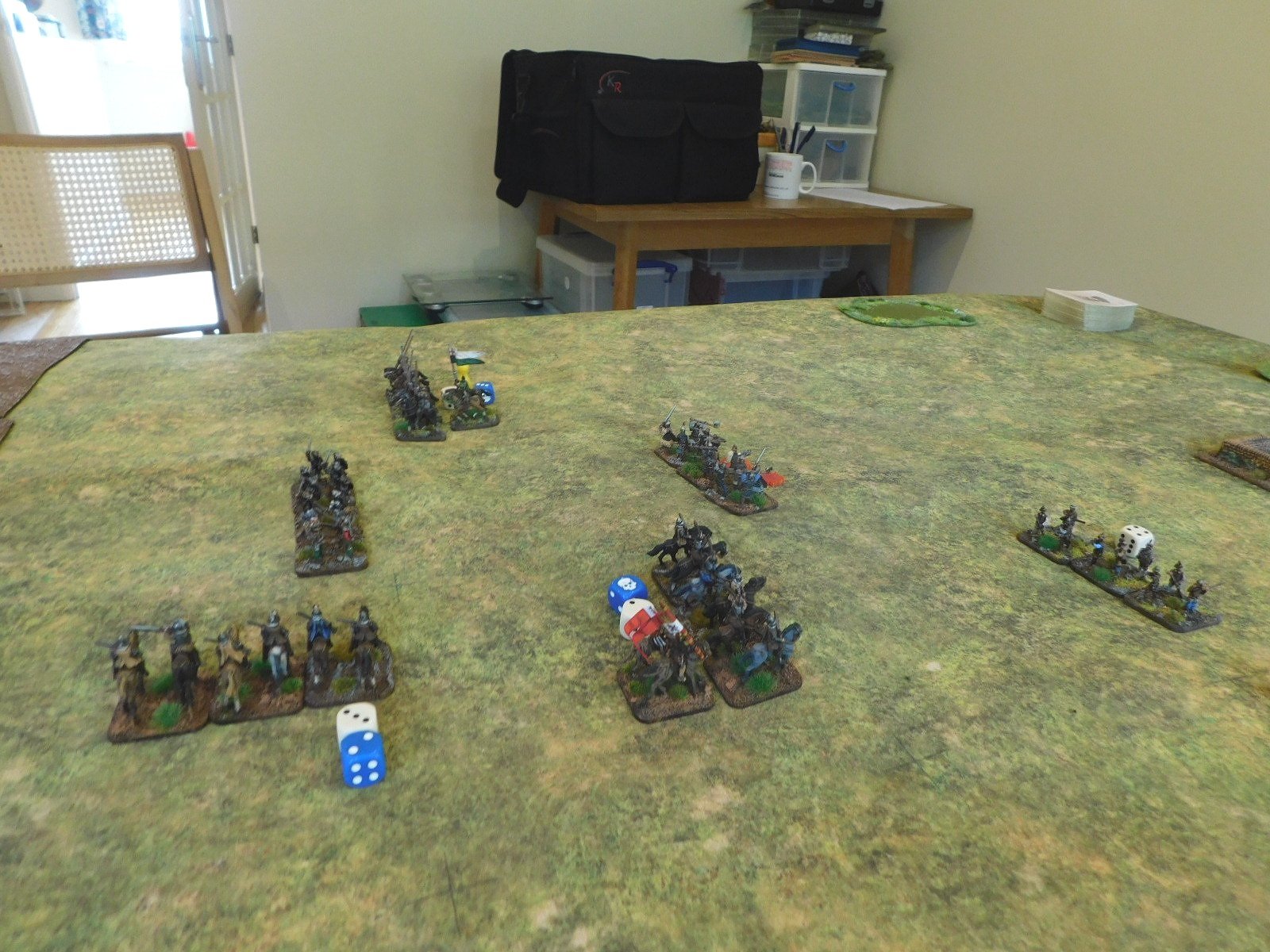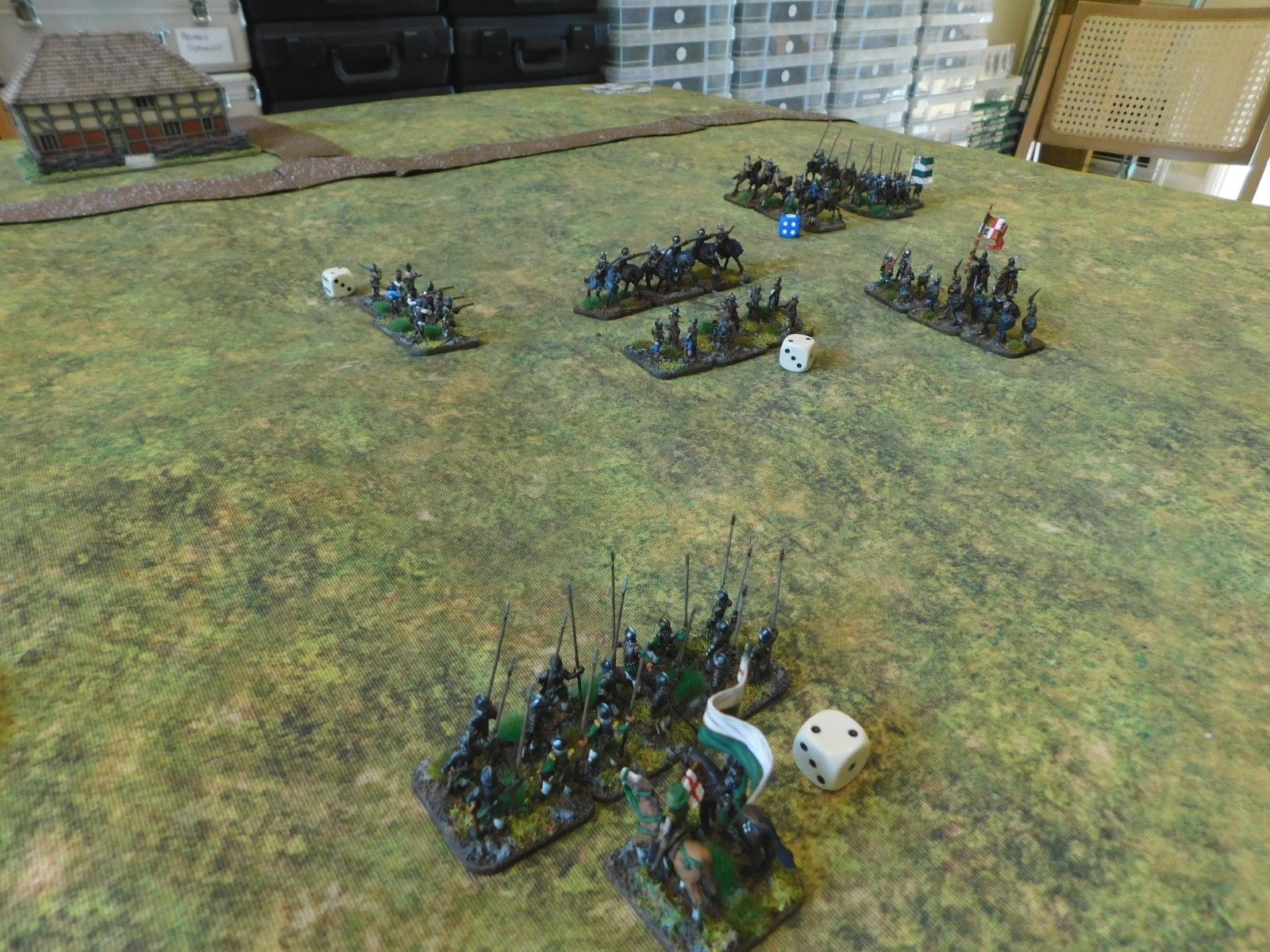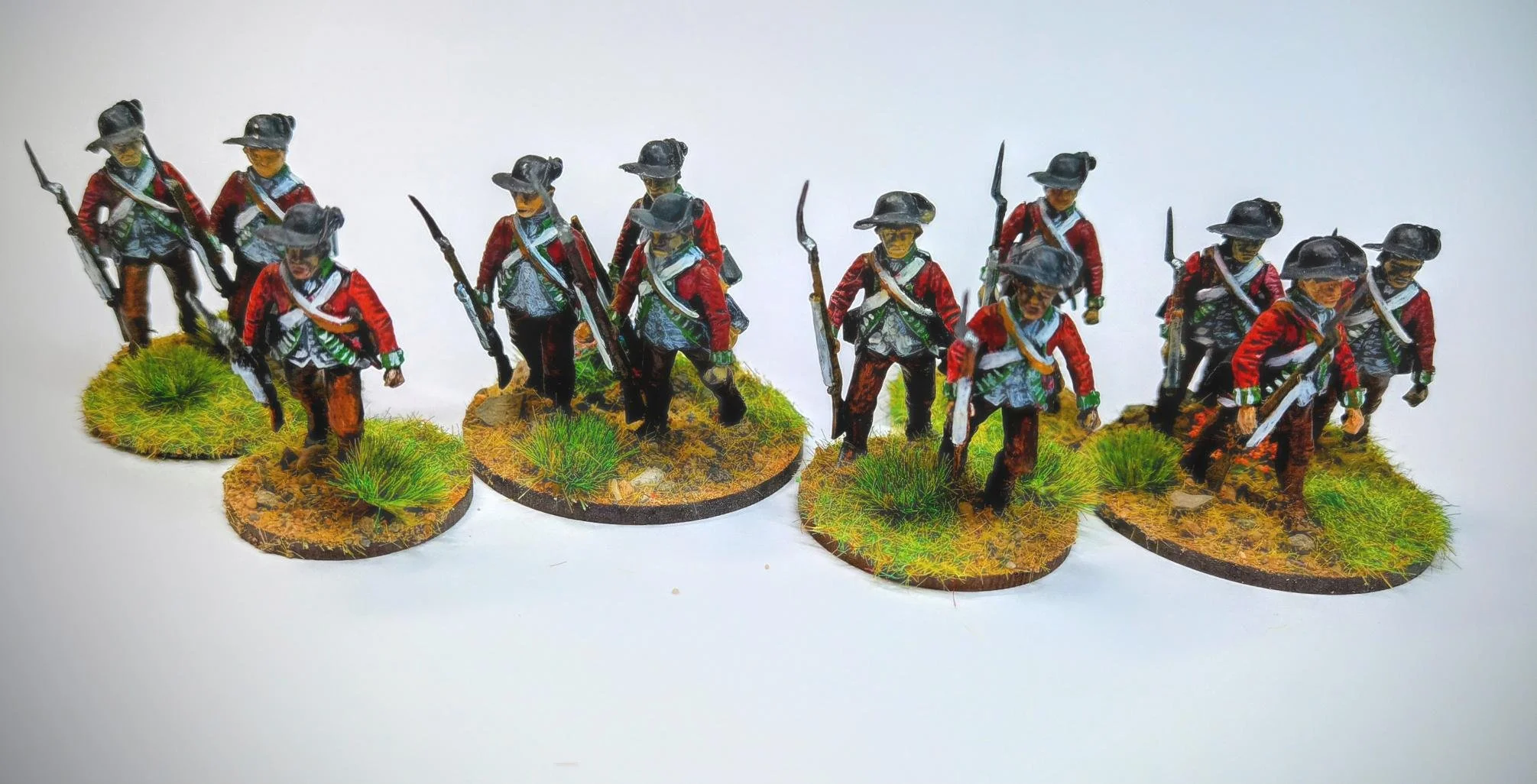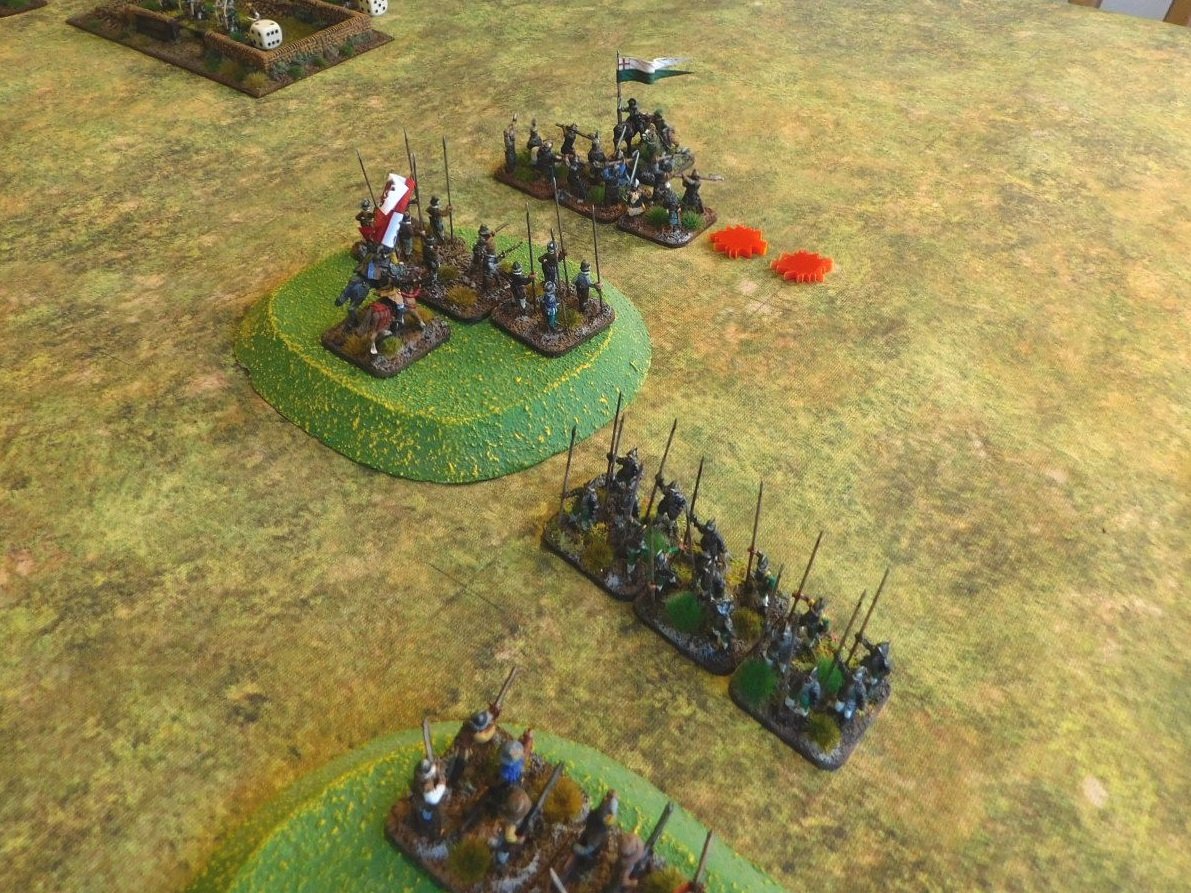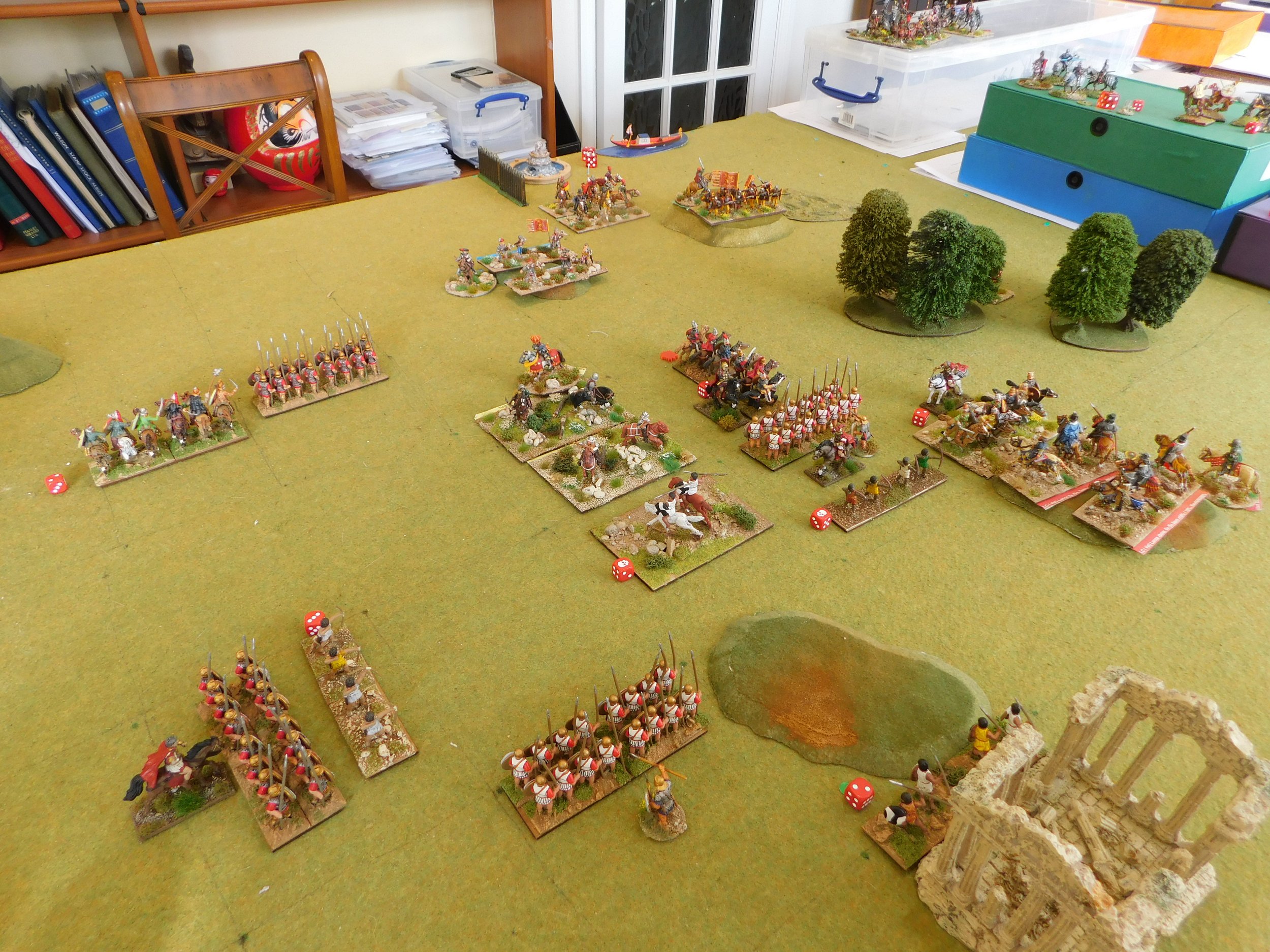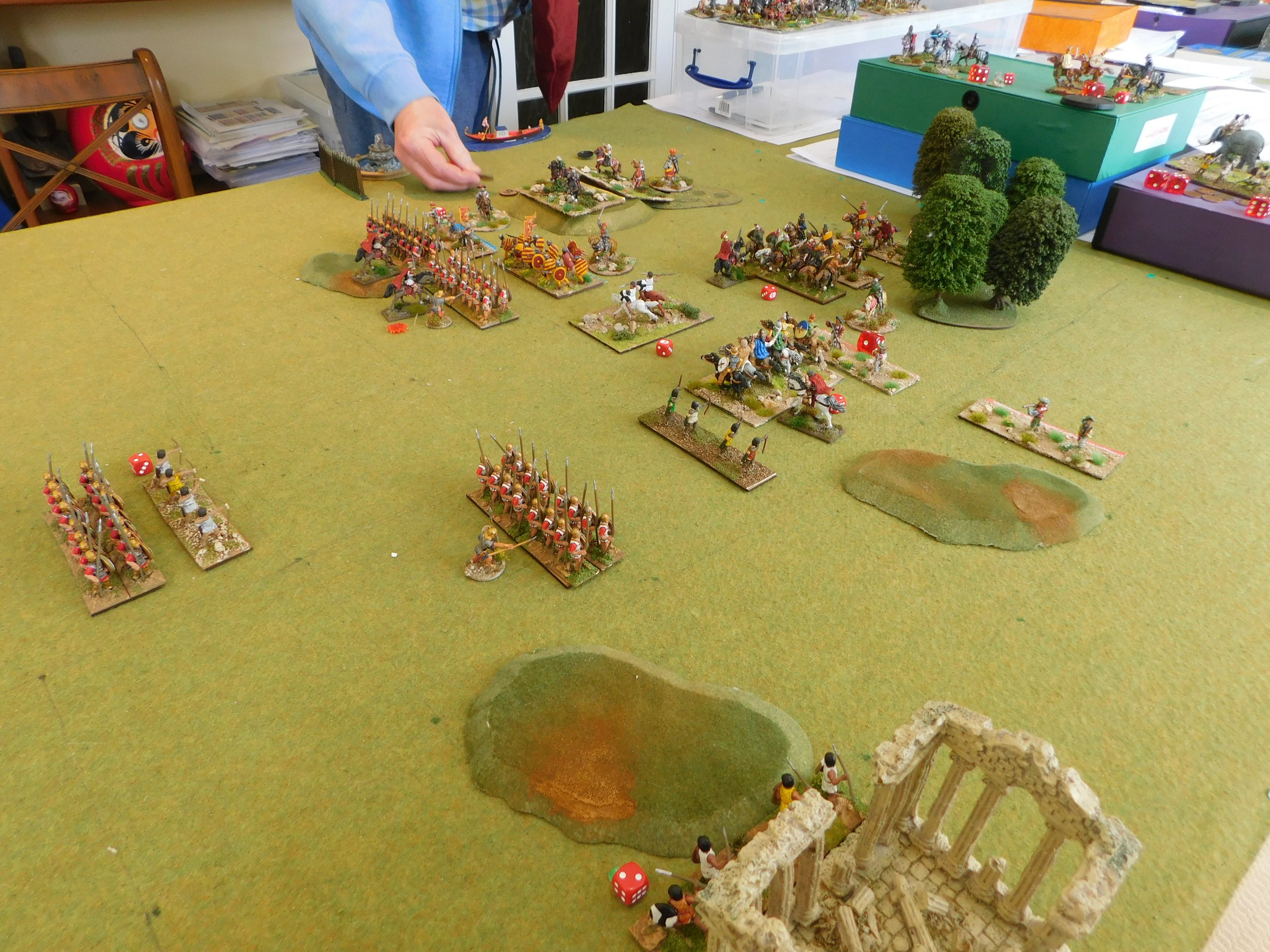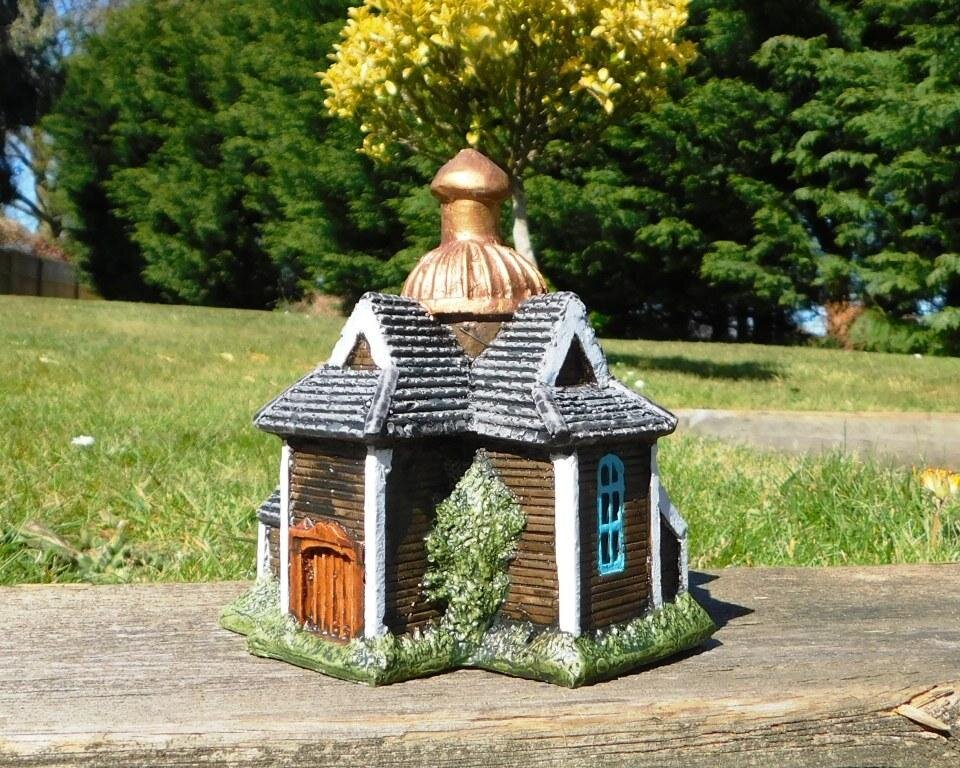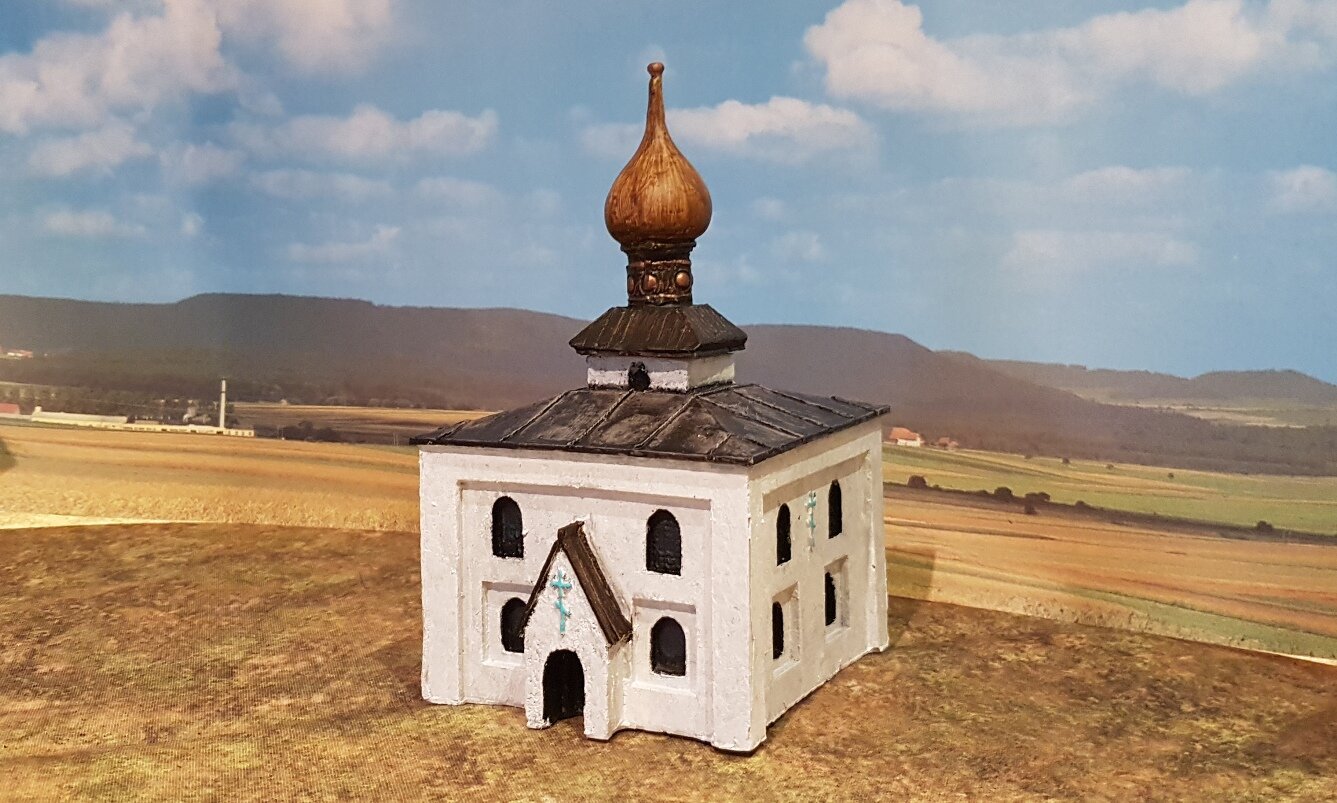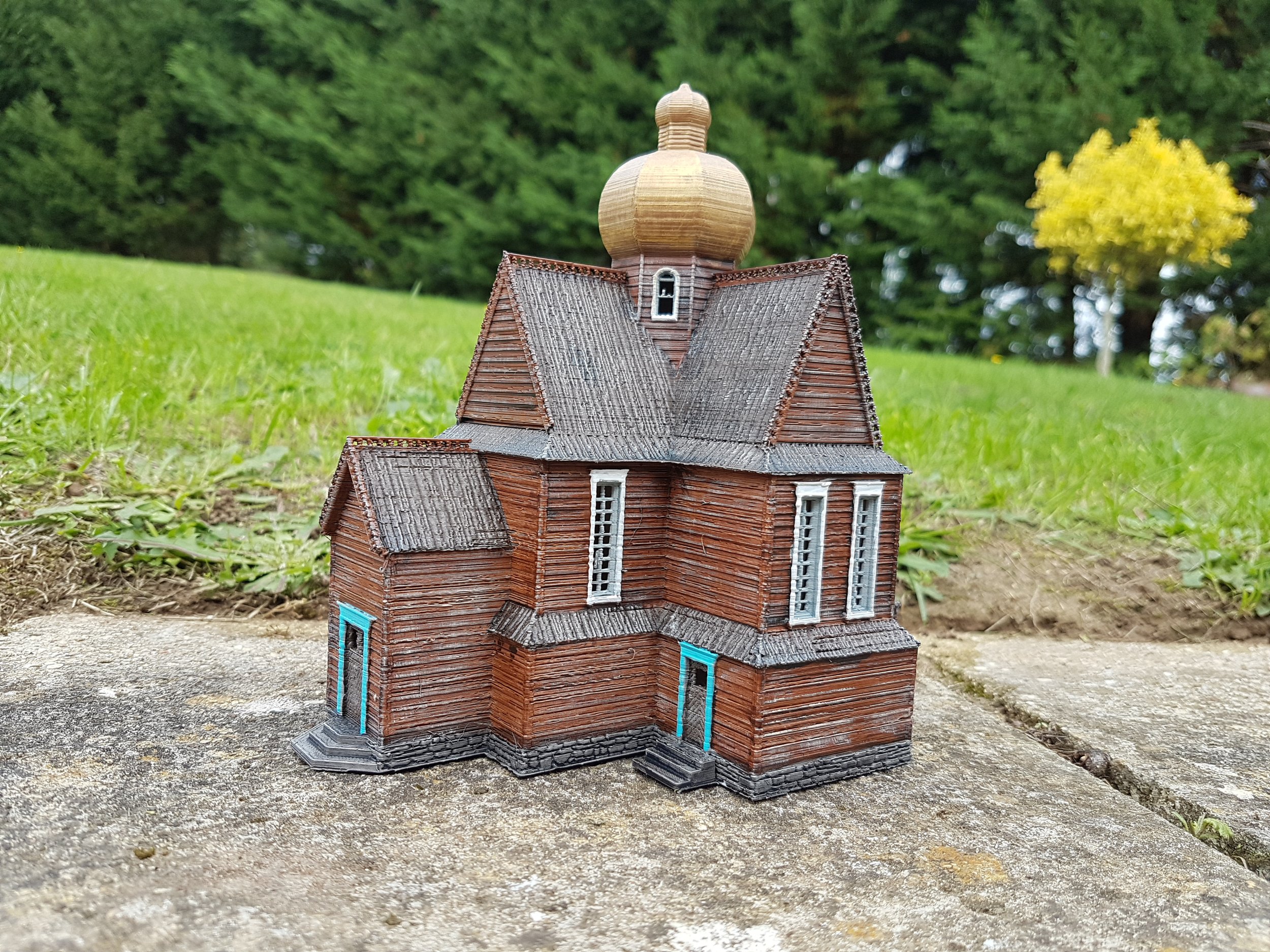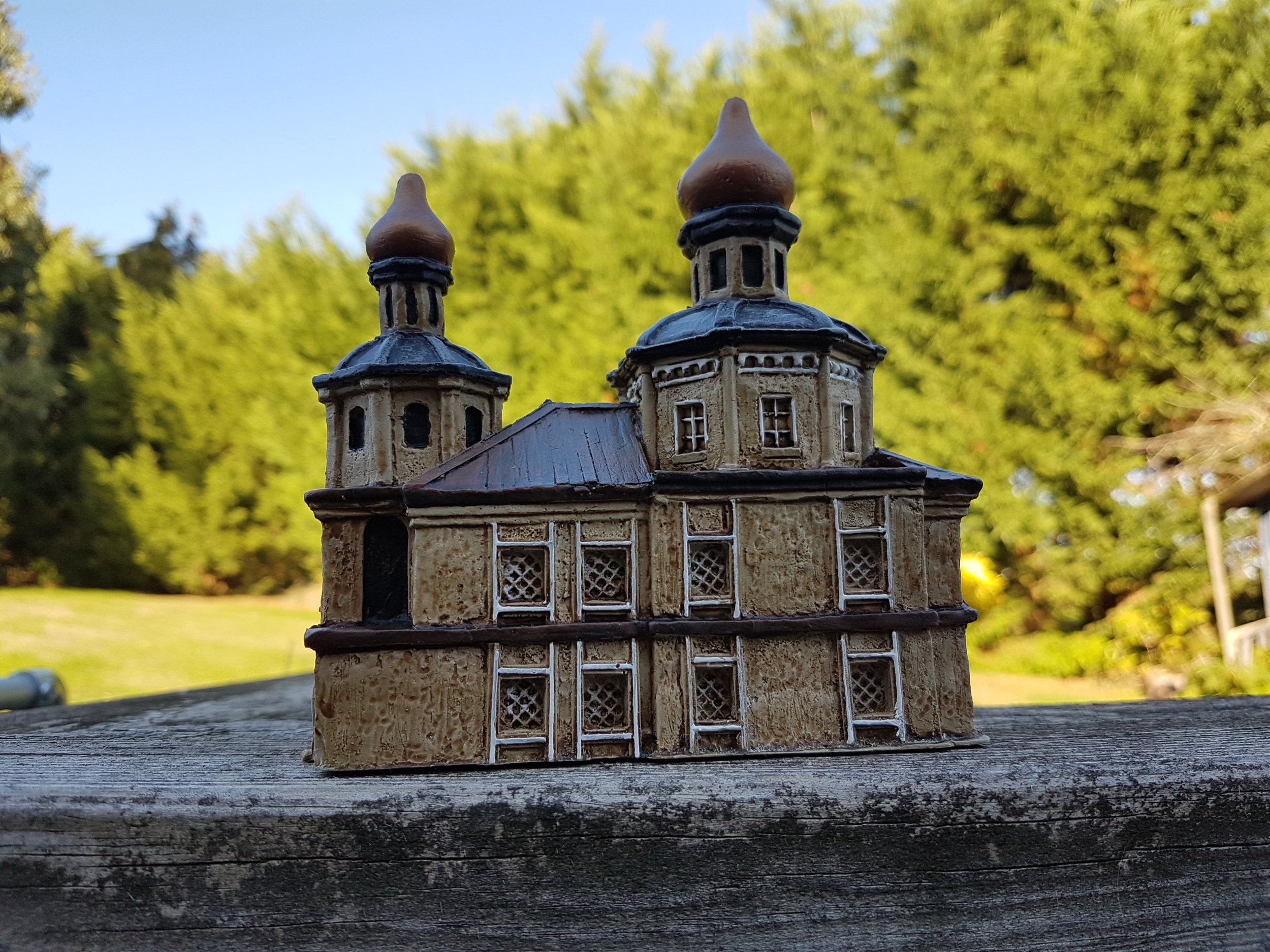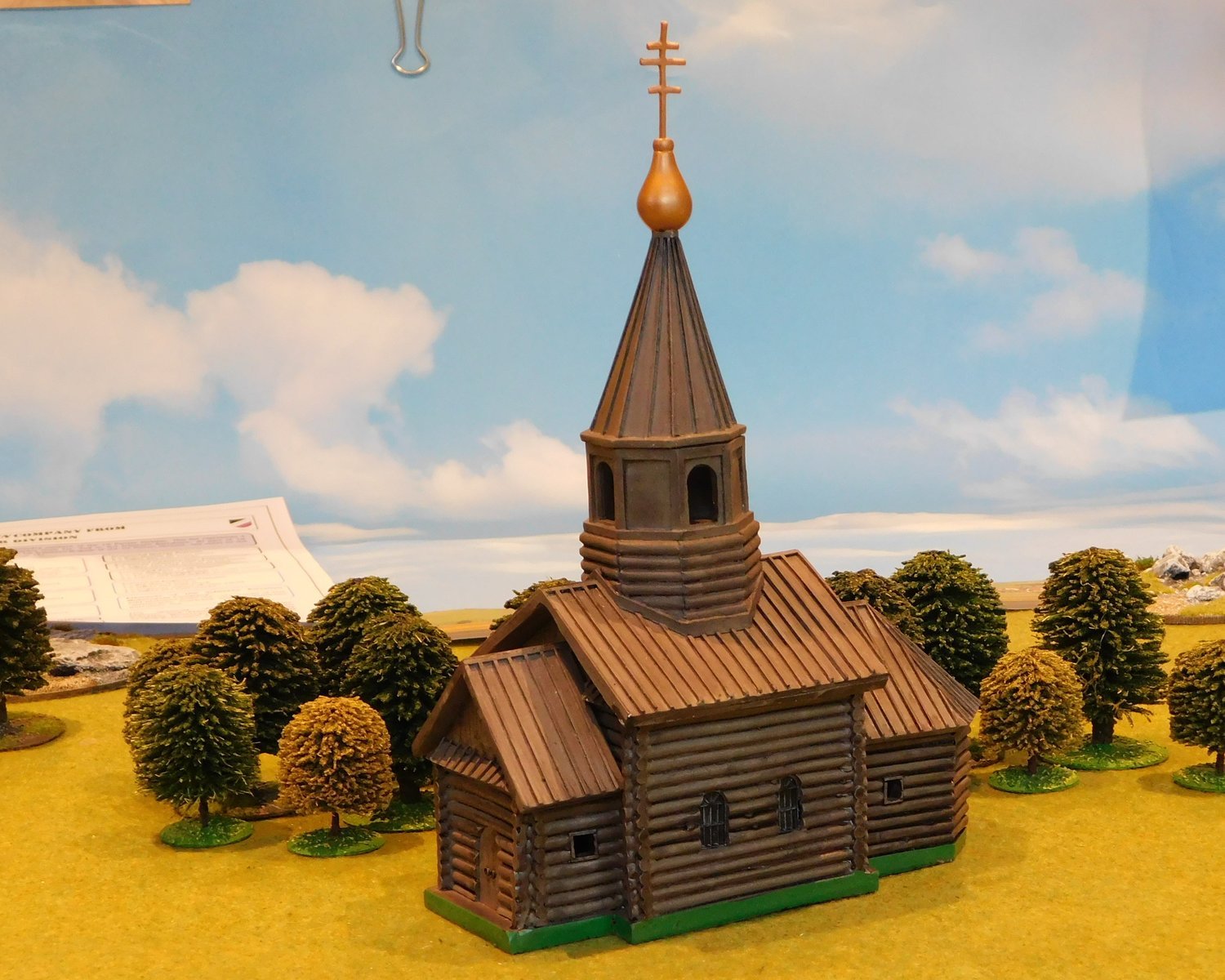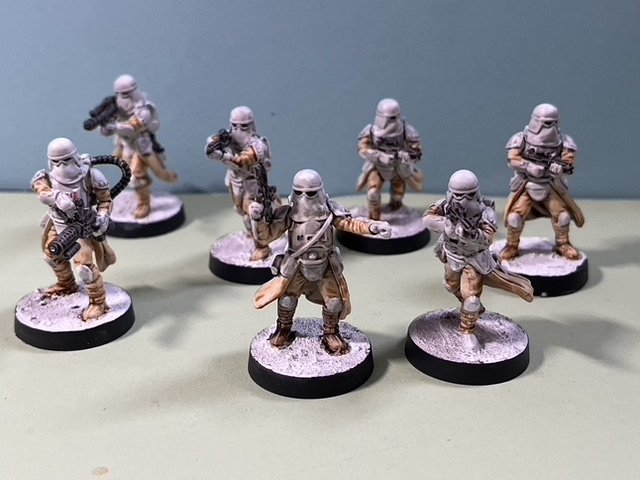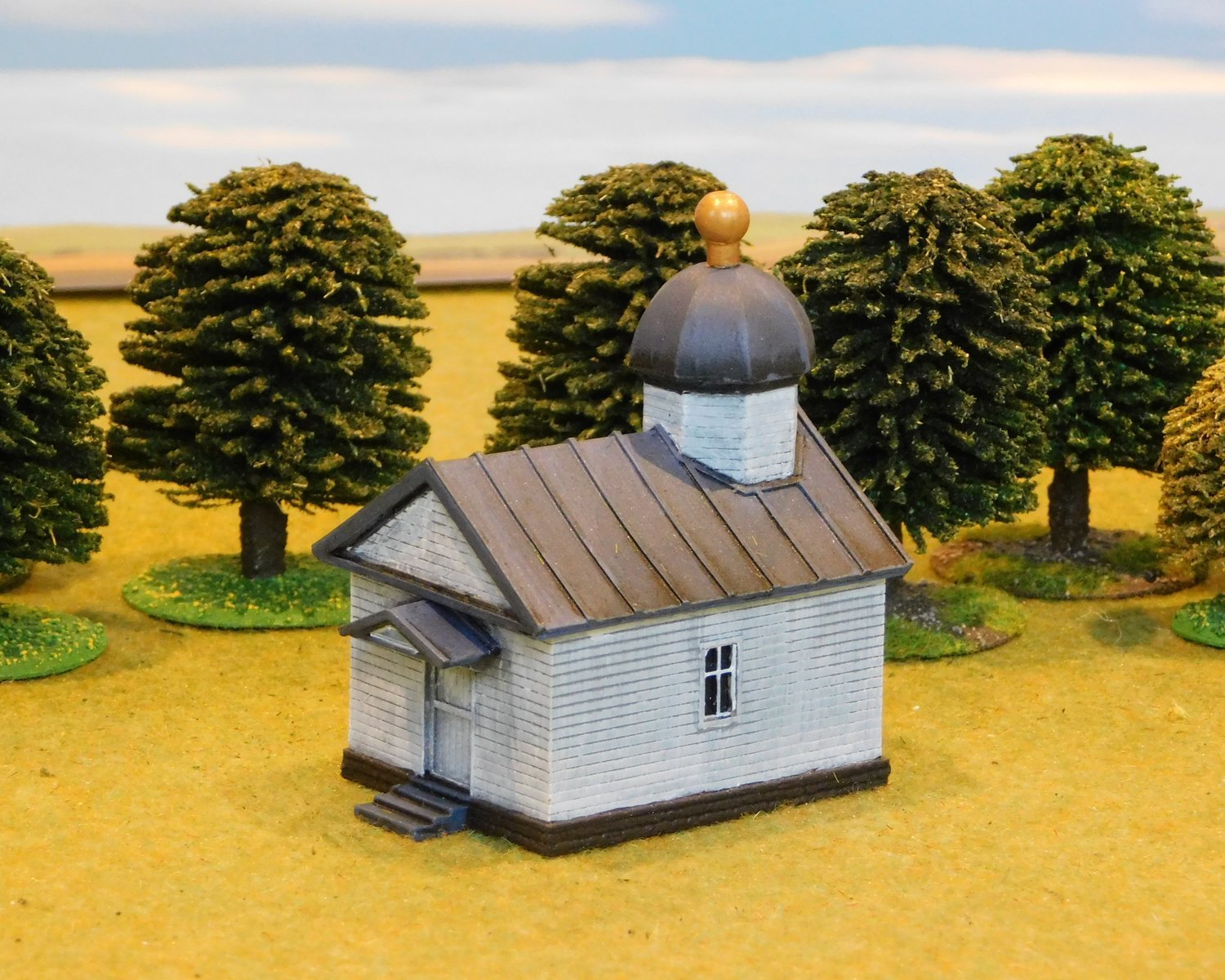Otherwise, these kits go together well, especially the mudguards: they were actually strangely satisfying to fit!
The Shermans
This is where the fun began…but “fun” entirely of my own doing!
It was quite an overcast day when I sprayed these in the garage and, as is my custom, I took the trays with all thirteen tanks out of my spraying area and put them on the front step just outside the front door of the house. It’s a place that’s in the sun and, once dry, I wouldn’t have to go through the rigmarole of walking to the garage (all of twelve steps!), opening the garage door, getting the models, closing the garage door etc.
I then went into the house and started watching a bit of TV, eventually dozing off as I’d had an early start.
The thunder and lightning of an enormous storm woke me, and for a while I sat watching the lightning fork down and the wind sweep the rain horizontally across the front garden.
Then I remembered my models: still outside “drying in the sun”!
By the time I rescued them, the trays with the Stuarts and Lees were half an inch deep in water, and the tray with the Shermans was nowhere to be seen! I eventually spotted it blown down the drive some twenty metres away!
Rushing out into the teeth of the storm, I managed to rescue the Stuarts and Lees without too much difficulty, and then went back out into the darkness to find the Shermans. We leave no-one behind!
I found all three Sherman hulls, but only one turret, so the models below have been built using the spare turrets from some Plastic Soldier Company Shermans that I’d built some time ago: like many plastic models, there’s one PSC sprue for a Sherman that allows you to build all the variants i.e. it has the parts for various shaped turrets on it dependent on which variant of Sherman you are building.











